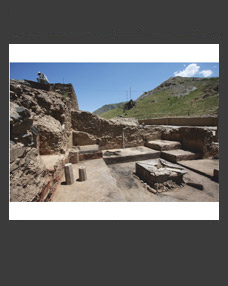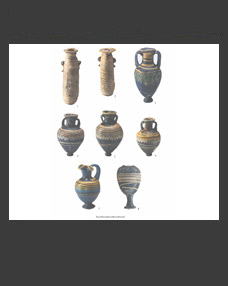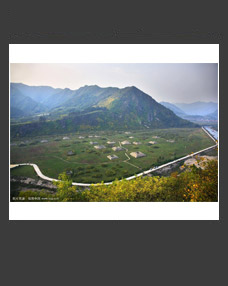Lyonnet B., Almamedov K., Bouquet L., Courcier A., Jellilov B.,
Huseynov F., Loute S., Makharadze Z., Reynard S.
Key words: Late Eneolithic, under barrow chamber graves, secondary burials, ornaments: rings, beads – silver, gold, stone; dagger, awl – copper bronze alloy
In 2005 a Late Eneolithic kurgan necropolis, Soyug Bulag, was discovered and excavated in Azarbaijan on the site of the Baku-Tbilisi-Jeikhan pipeline. About 20 kurgans were excavated. In 2006 the Azerbaijani-French expedition, financed by the French Ministry of Foreign Affairs and headed by T. Akhundov and B. Lyonnet, excavated another 9 kurgans. The present article publishes the results of the excavations. The studies show that the kurgan ritual appeared in the Transcaucasia a thousand years earlier than formerly believed (the beginning of the 4th c. BC). B. Lyonnet gives a preliminary interpretation of the material. The scholar is of the opinion that the deep changes and innovations that appear to have occurred during the 5th millennium AD could have been related to significant changes in the climate, and the consequent decline of all the Neolithic settlements of the Shulaveri-Shomu culture.







